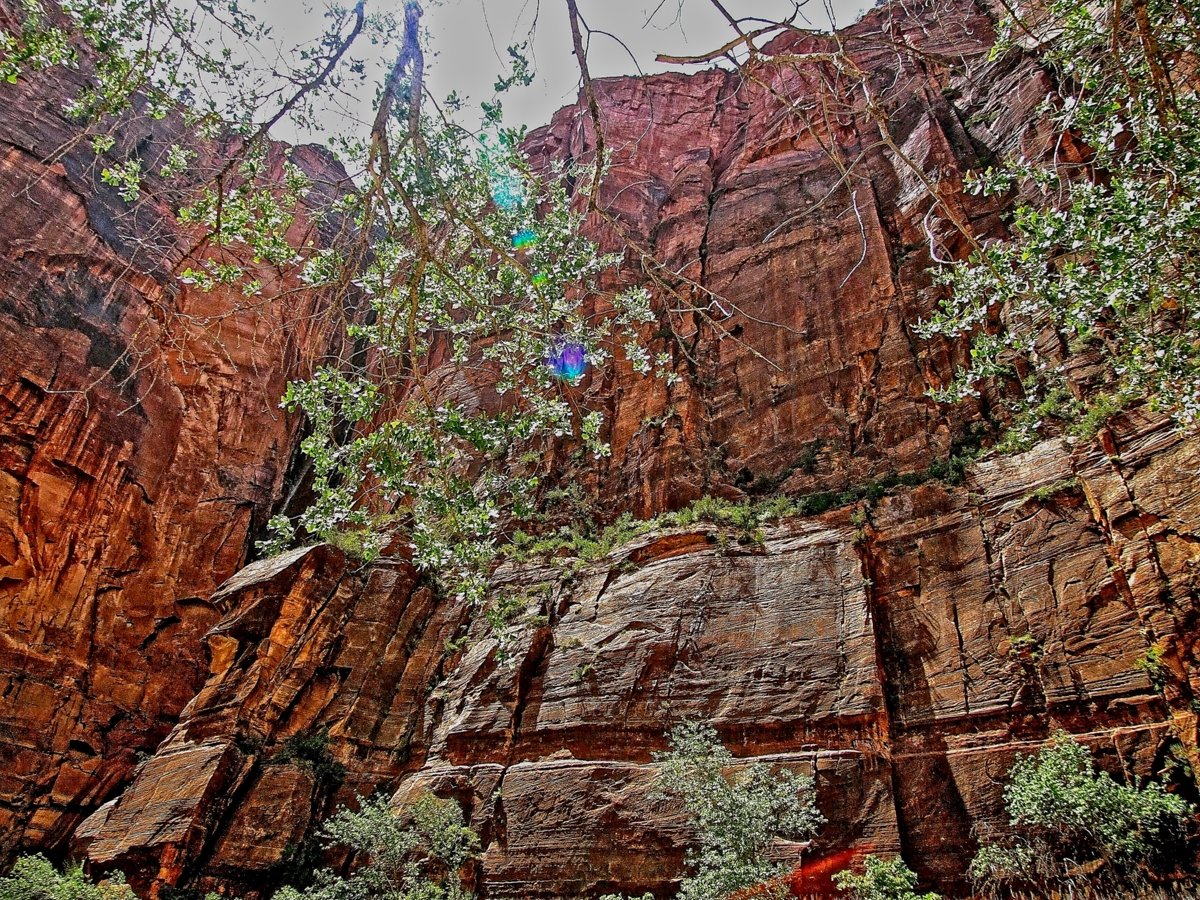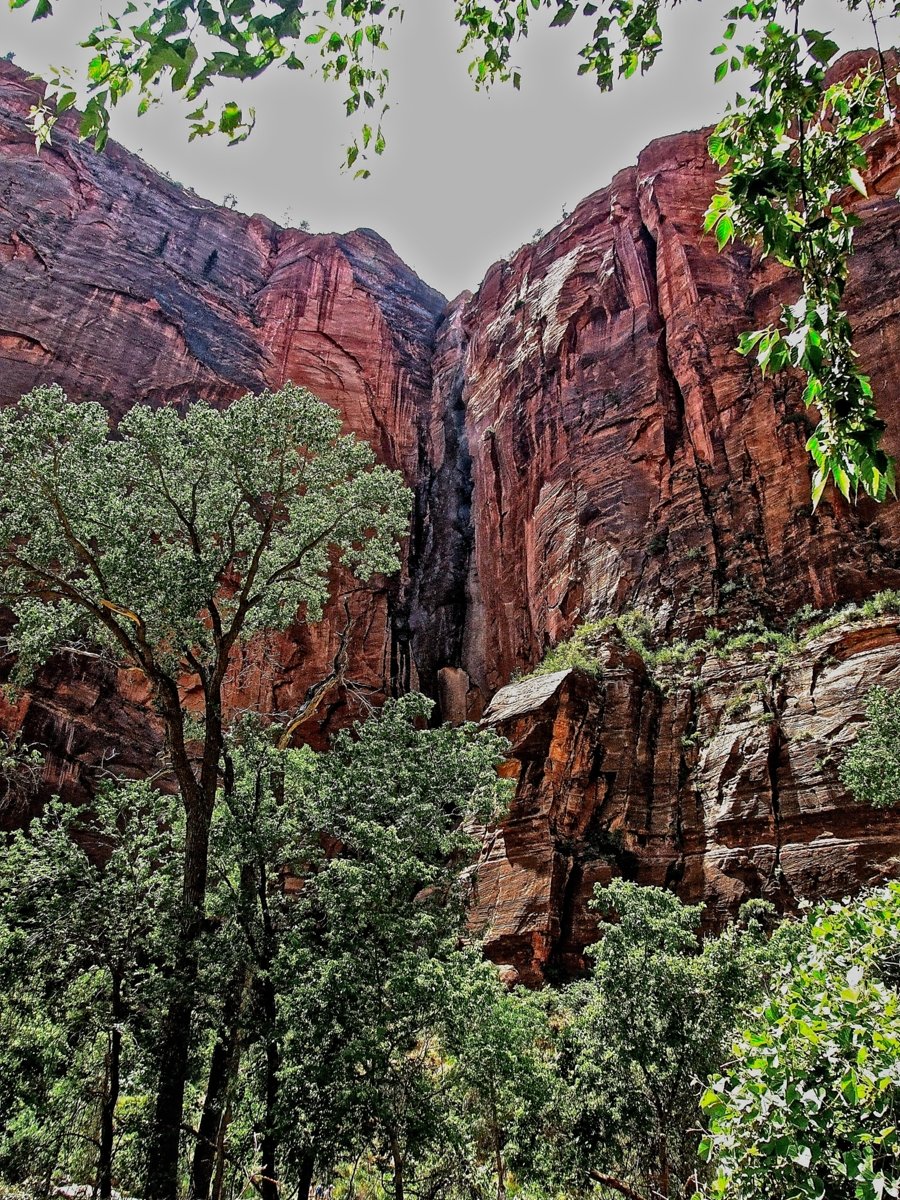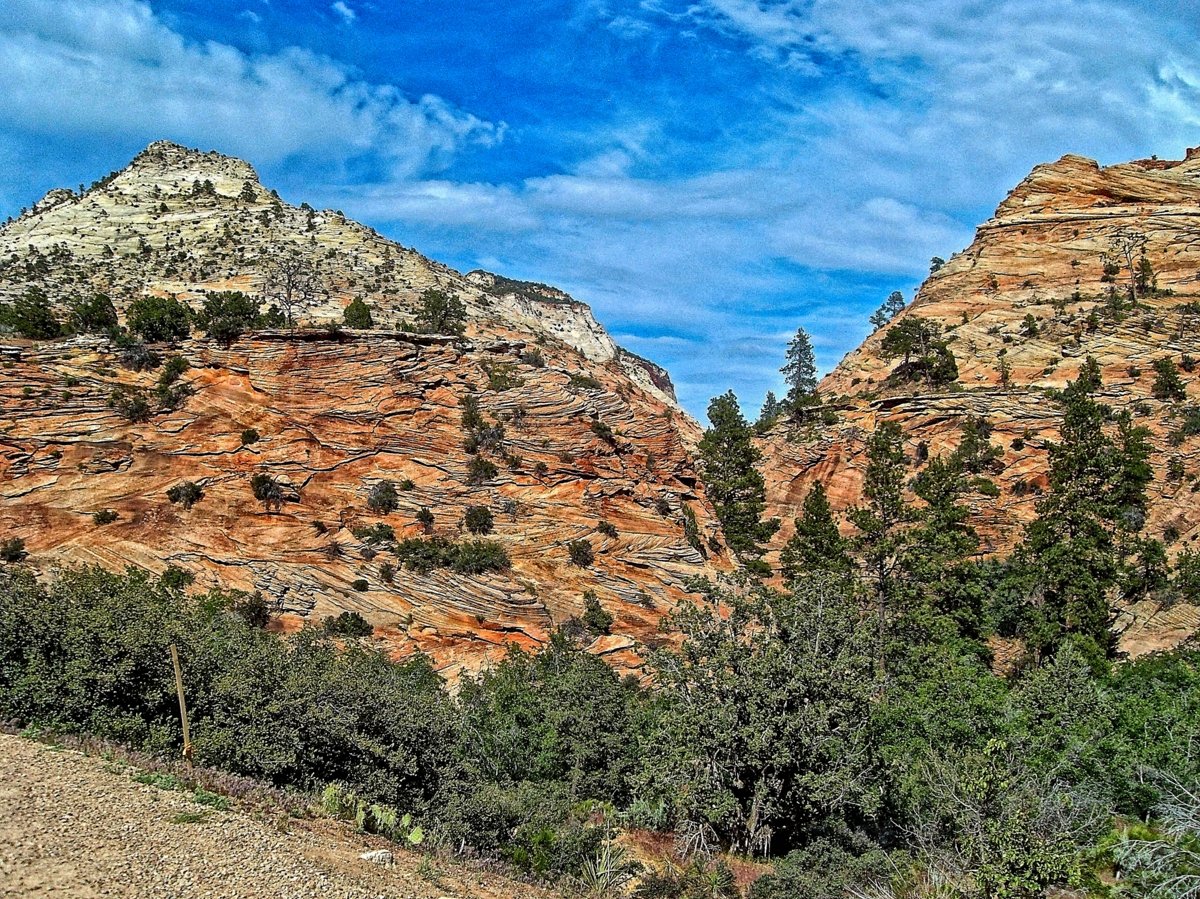
Zion National Park
In 1909, President William Taft named the area Mukuntuweap National Monument in order to protect the canyon. In 1918, the acting director of the newly created National Park Service, Horace Albright, drafted a proposal to enlarge the existing monument and change the park's name to Zion National Monument, ZION being a term used by the Mormons. According to historian Hal Rothman: "The name change played to a prevalent bias of the time. Many believed that Spanish and Indian names would deter visitors who, if they could not pronounce the name of a place, might not bother to visit it. The new name, Zion, had greater appeal to an ethnocentric audience." On November 19, 1919, Congress redesignated the monument as Zion National Park, and the Act was signed by President Woodrow Wilson.
The geologic formations of Zion, formed over approximately 250 million years, record periods of time when this area was covered by a shallow sea; when huge, sluggish rivers, bordered by swamplands, meandered across the landscape; and when a vast desert (perhaps the largest on the planet) covered the region. The sand dunes of this desert are now Zion's famous sculpted and colorful 2,000 foot cliffs.
Located in Washington, Iron, and Kane Counties in southwestern Utah, Zion National Park encompasses some of the most scenic canyon country in the United States. Within its 232 square miles are high plateaus, a maze of narrow, deep, sandstone canyons, and the Virgin River and its tributaries. Zion also has 2,000-foot Navajo Sandstone cliffs, pine- and juniper-clad slopes, and seeps, springs, and waterfalls supporting lush and colorful hanging gardens.
The park has more than 1,000 species of plants ranging from tall, graceful cottonwoods growing along the river to towering pines and firs shading the higher elevations. Prickly pears, cholla, and yucca are among Zion's desert-adapted plants. The hanging gardens support brilliantly-colored Zion shooting-stars, scarlet monkeyflowers, and Western and golden columbines. Zion’s plant communities, in turn, provide food, shelter, and nesting places for Zion's diverse wildlife. There are approximately 78 species of mammals, 30 species of reptiles, 7 species of amphibians, 8 species of fish, and 291 species of birds. Endangered California condors soar above the cliffs of Zion; threatened Mexican spotted owls (Zion has the highest density of these owls breeding in the state) live and raise their young in Zion's narrow canyons.

A long winding road leads to the visitor centre.
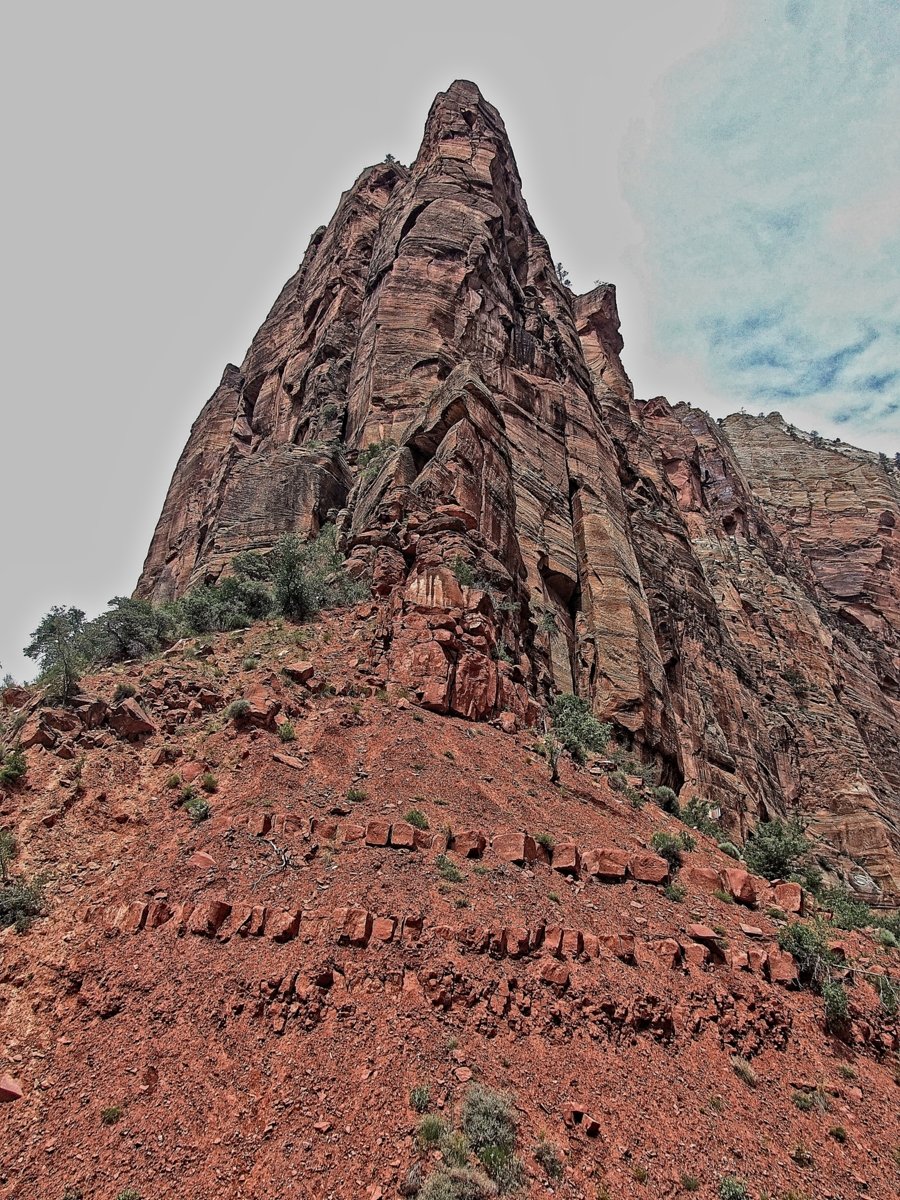
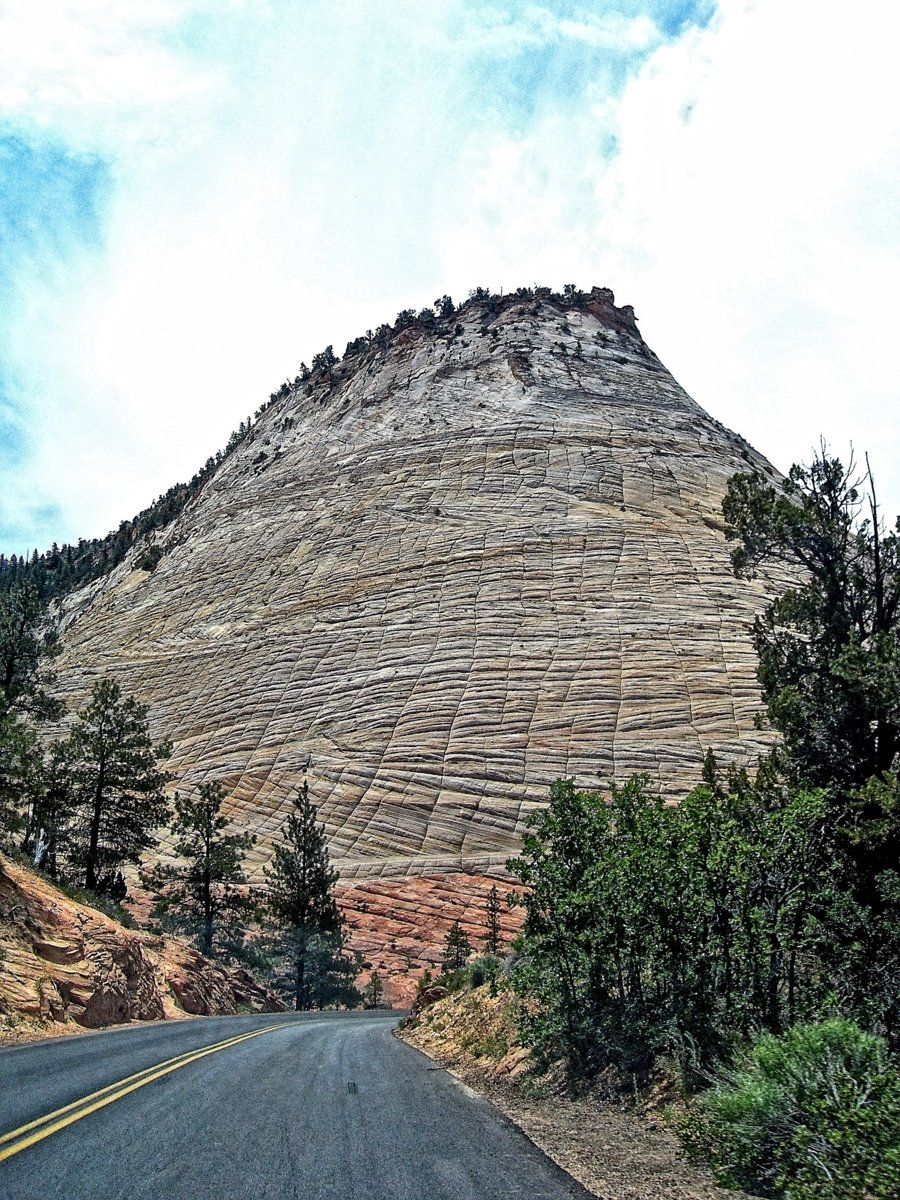
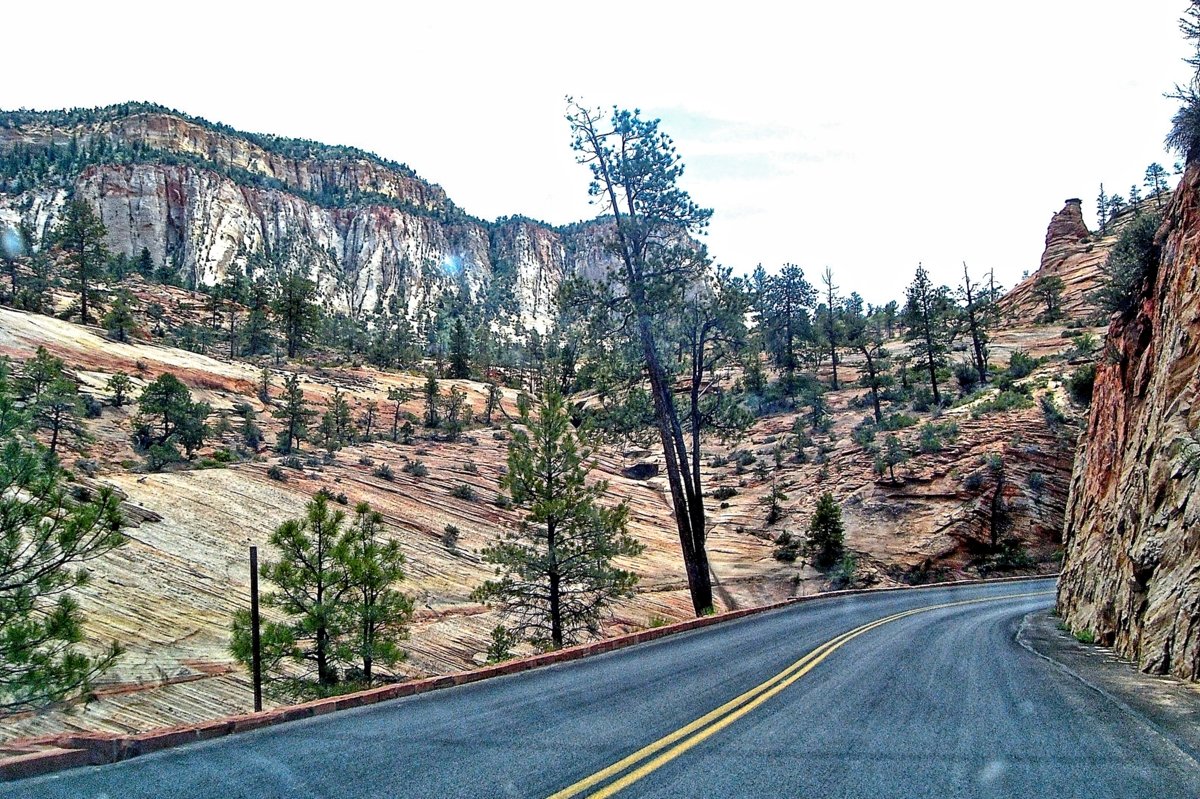

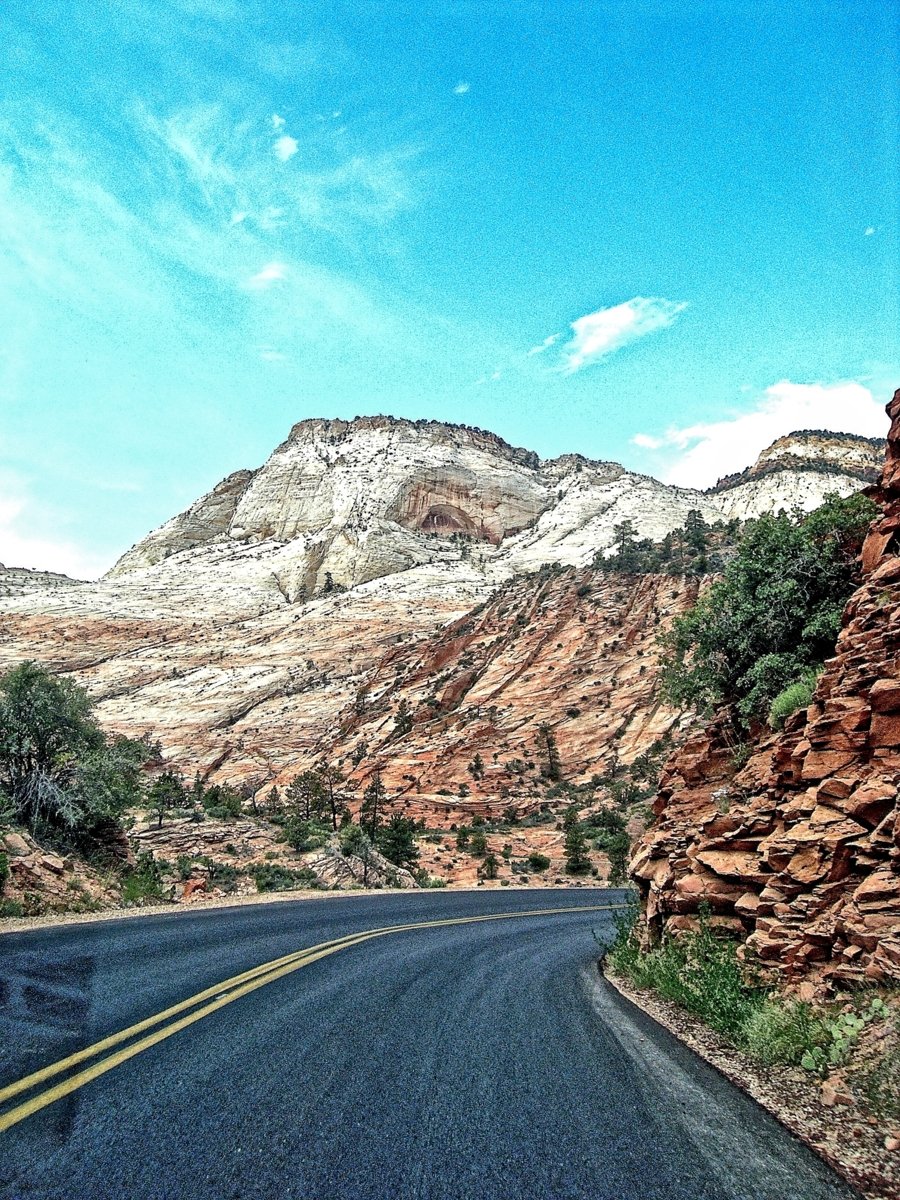


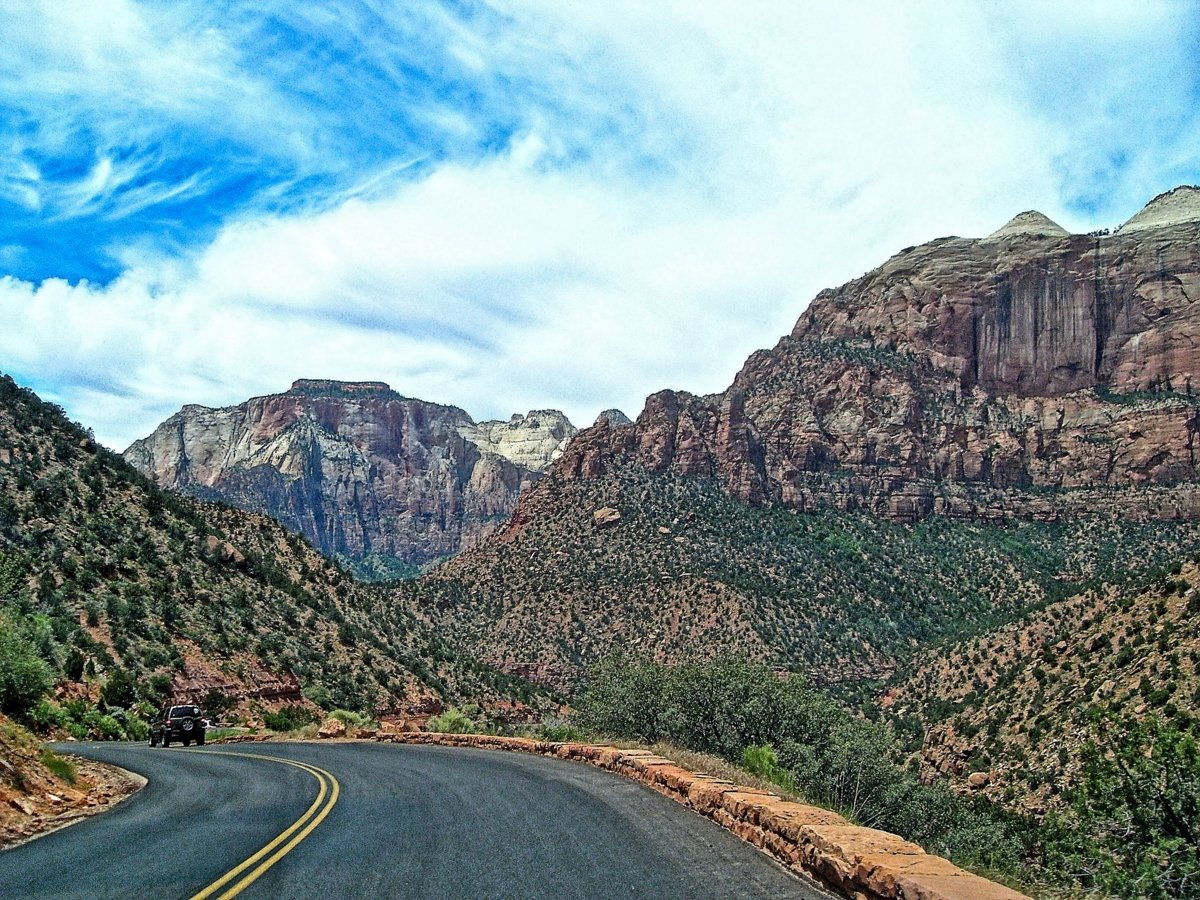
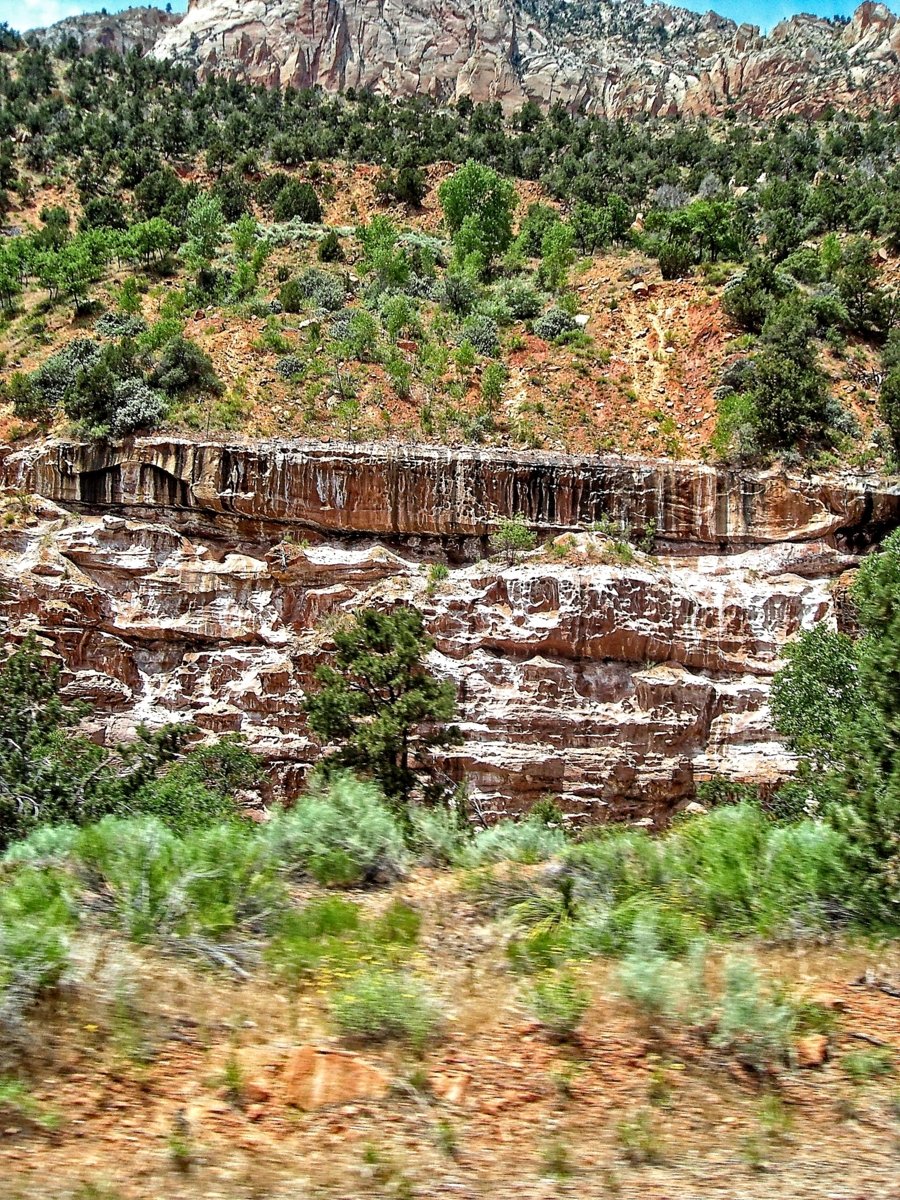
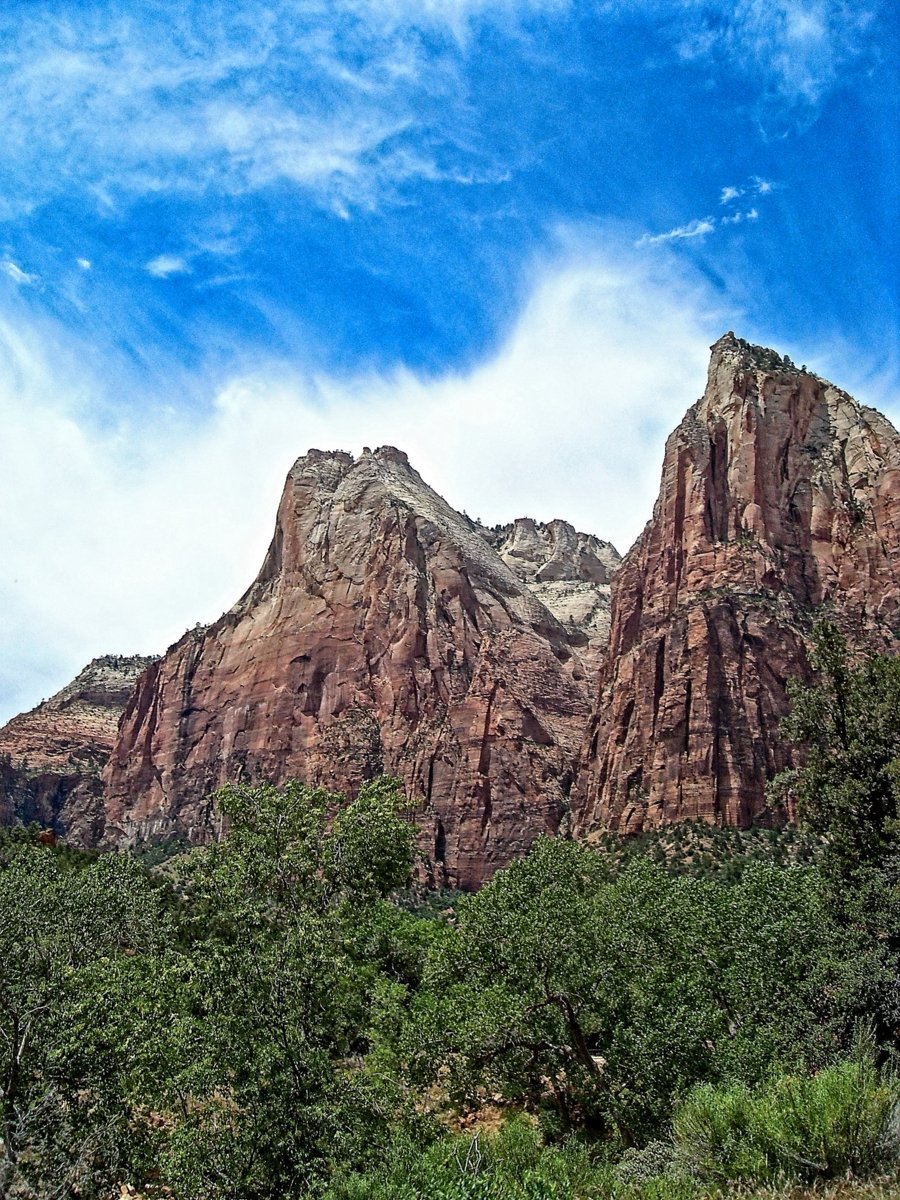
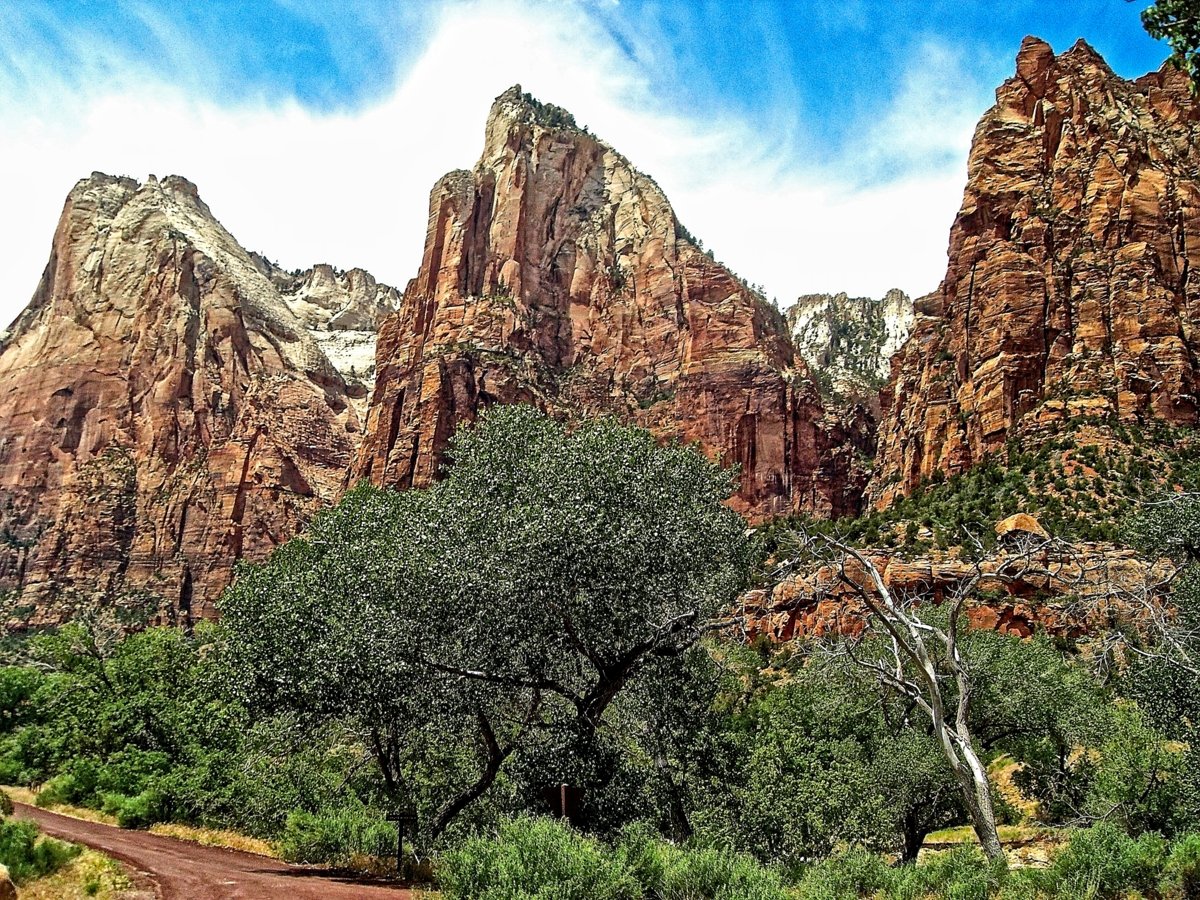
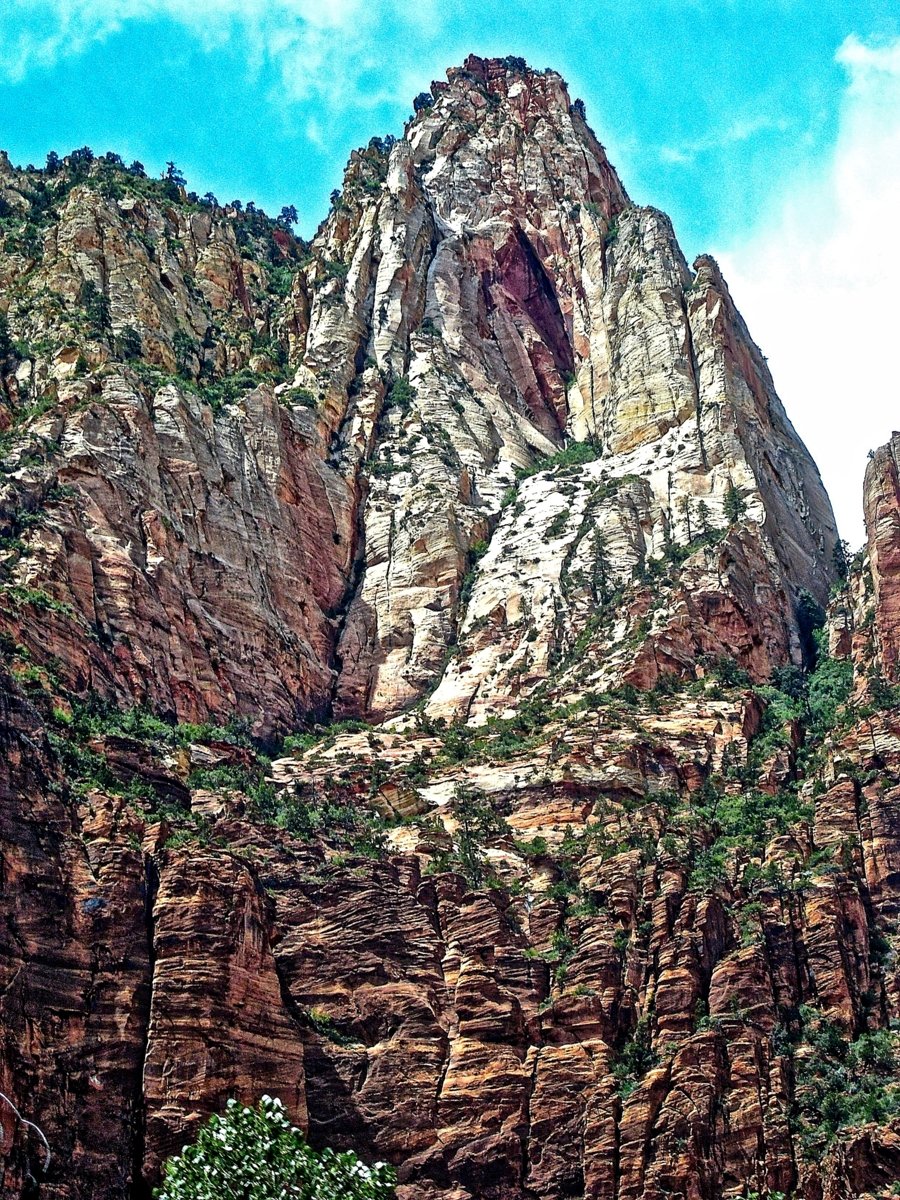
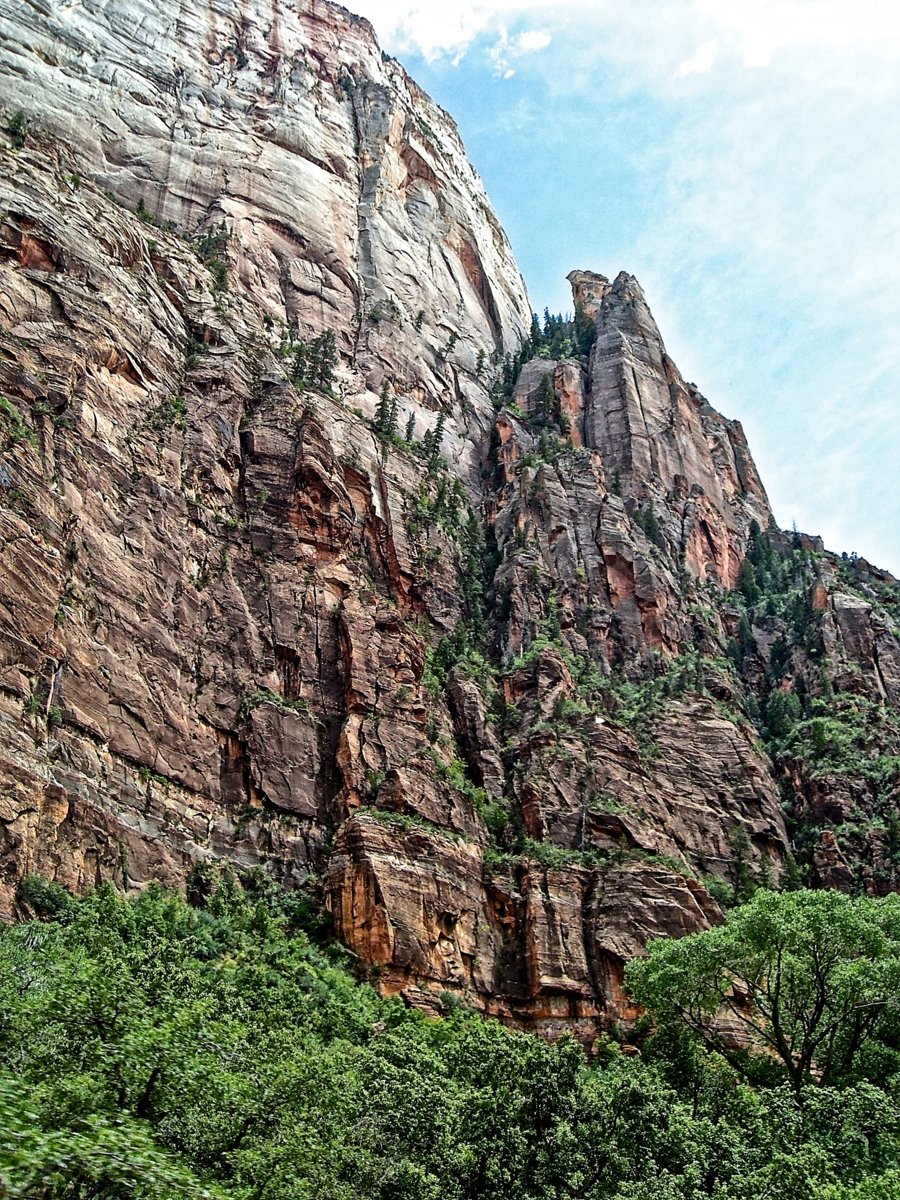
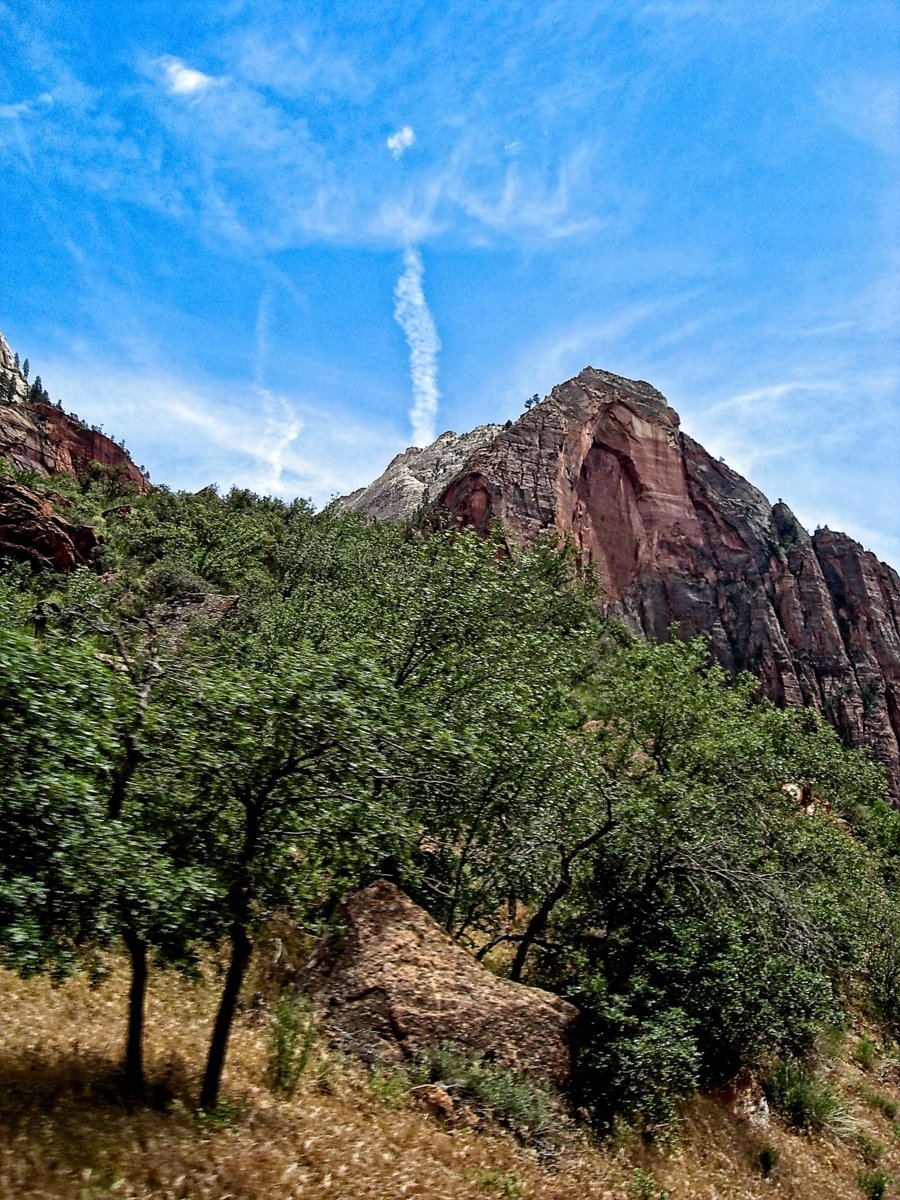
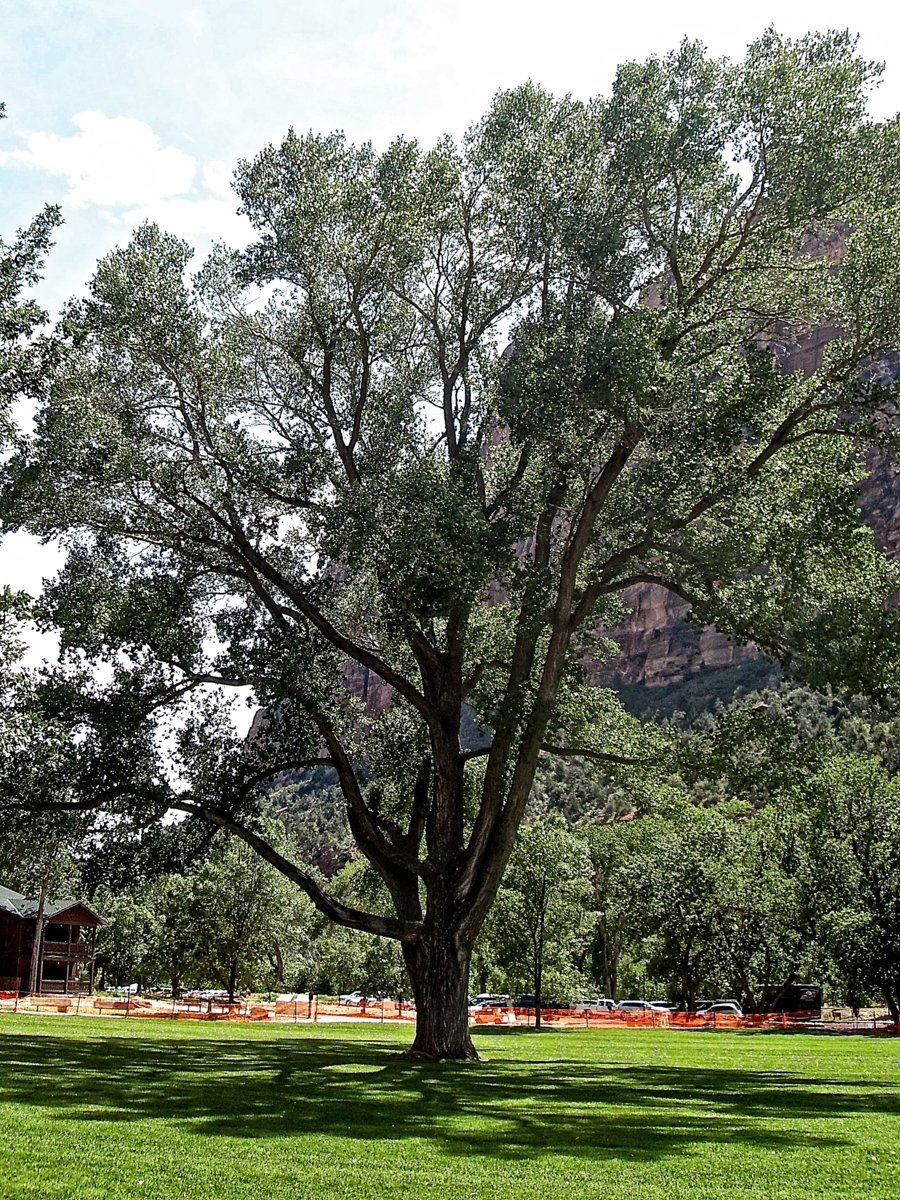
Cottonwood tree at the visitor centre
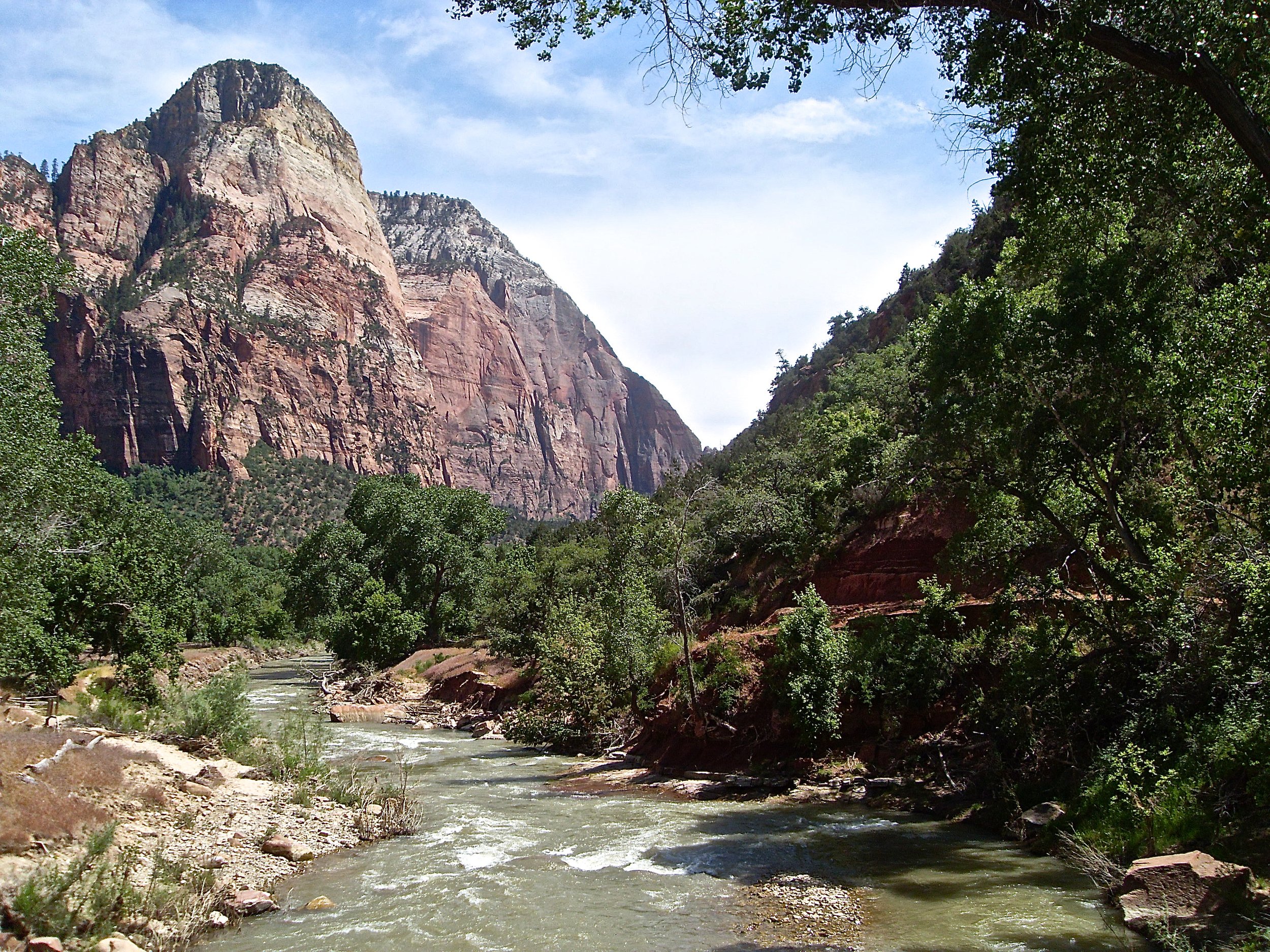
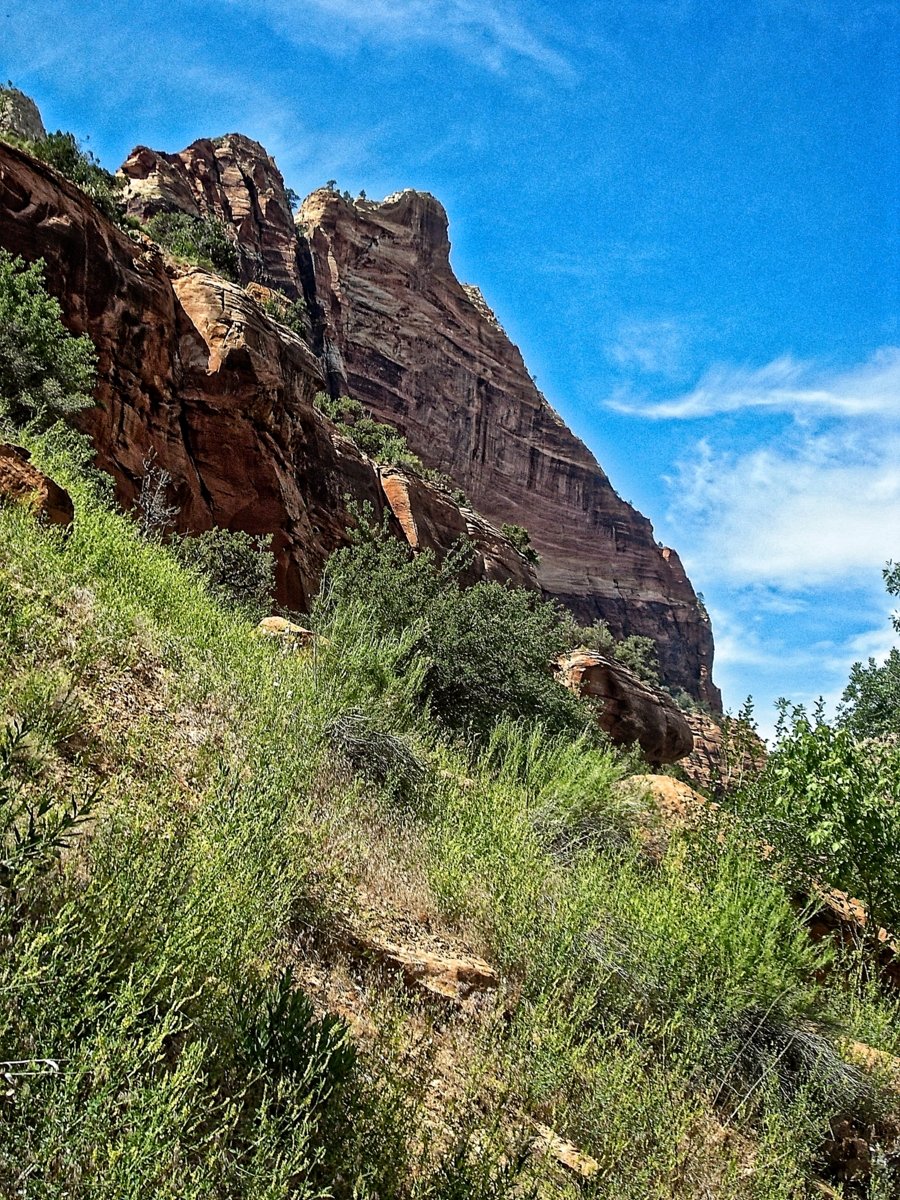
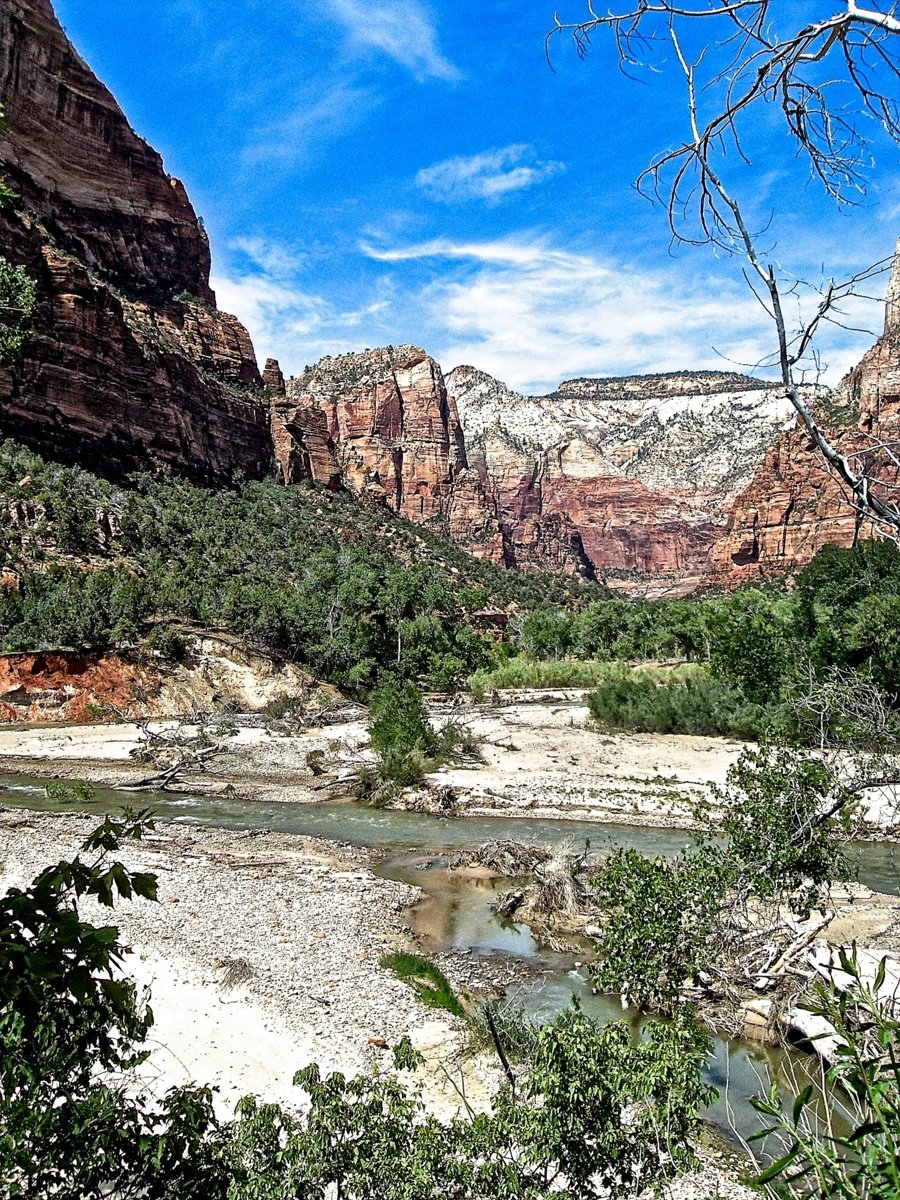

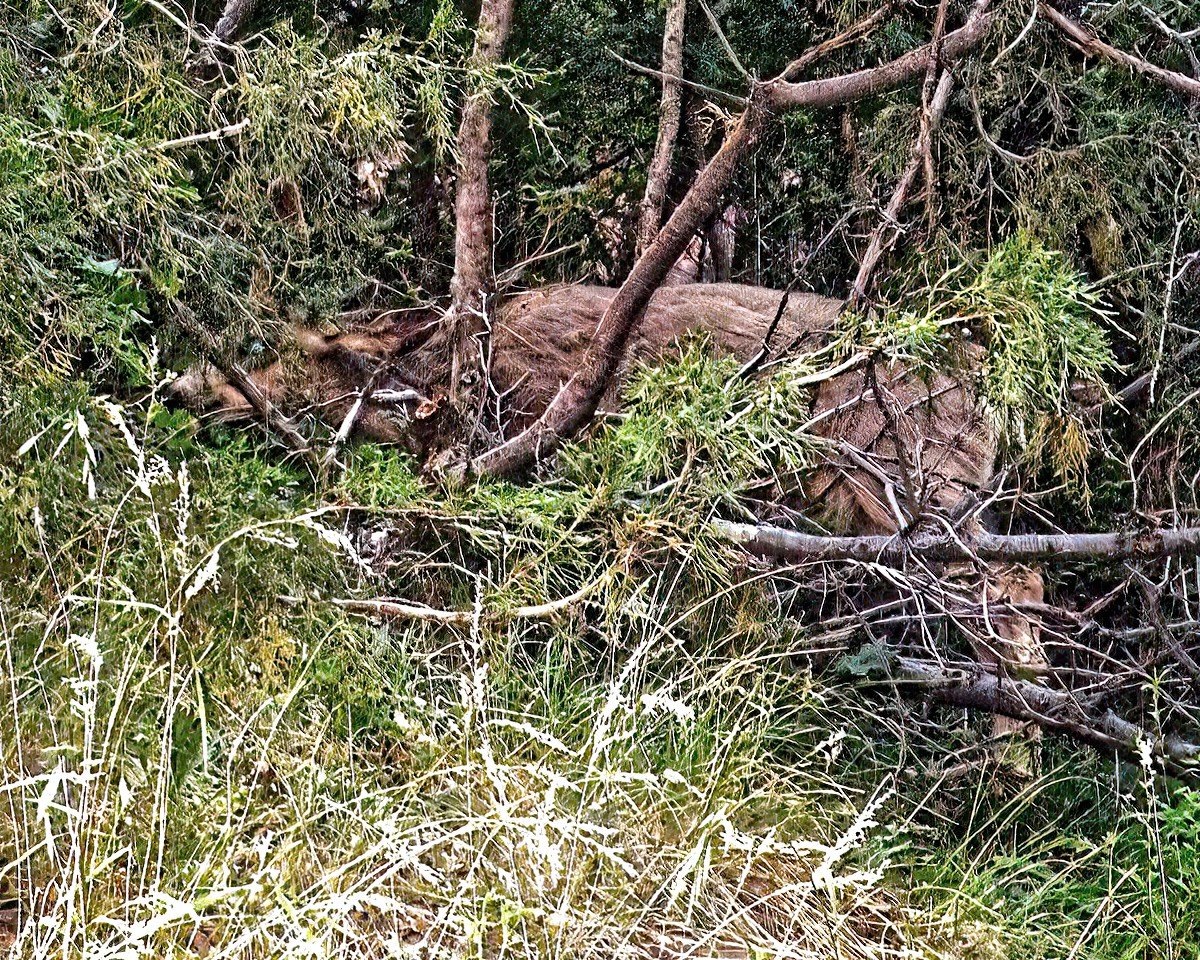
Deer in the undergrowth, startled the crap out of me!

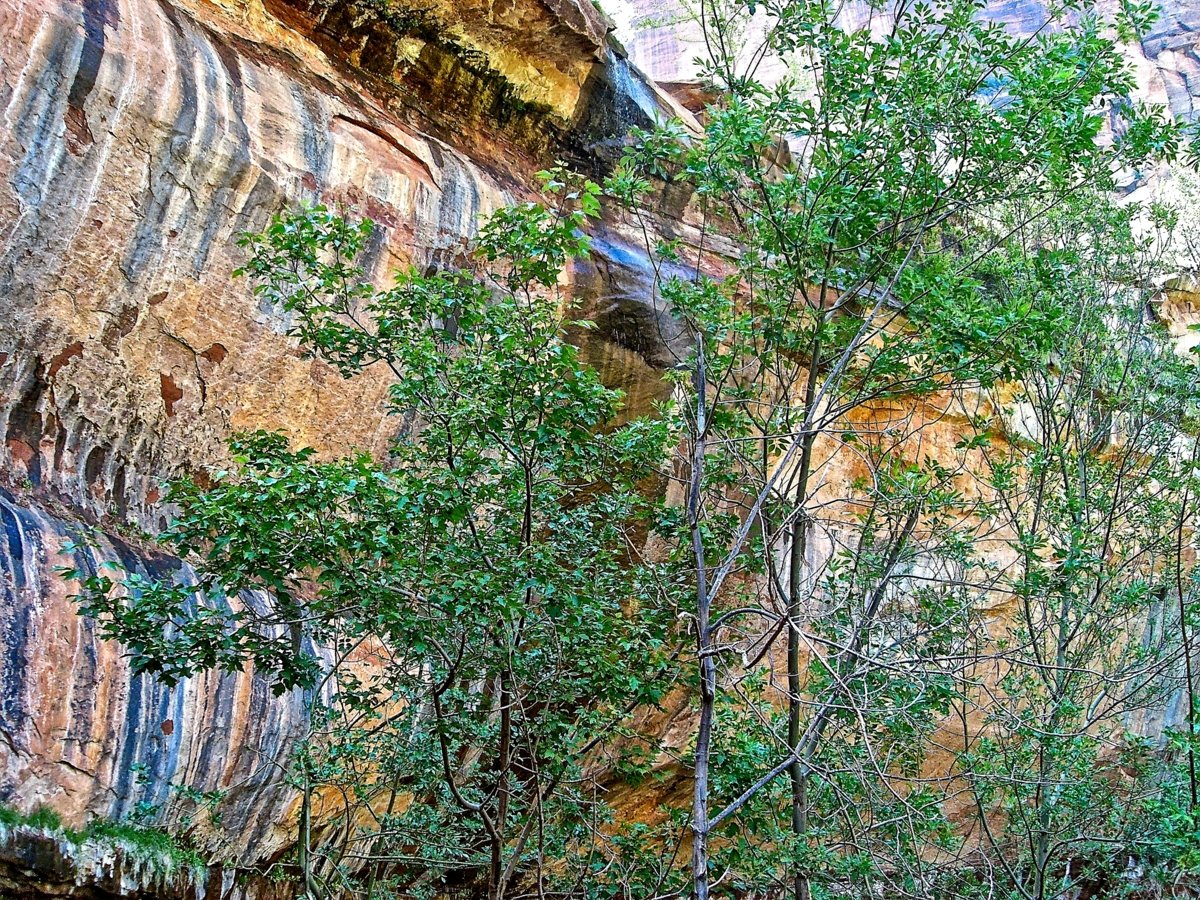
Small trickle of water over the cliffs

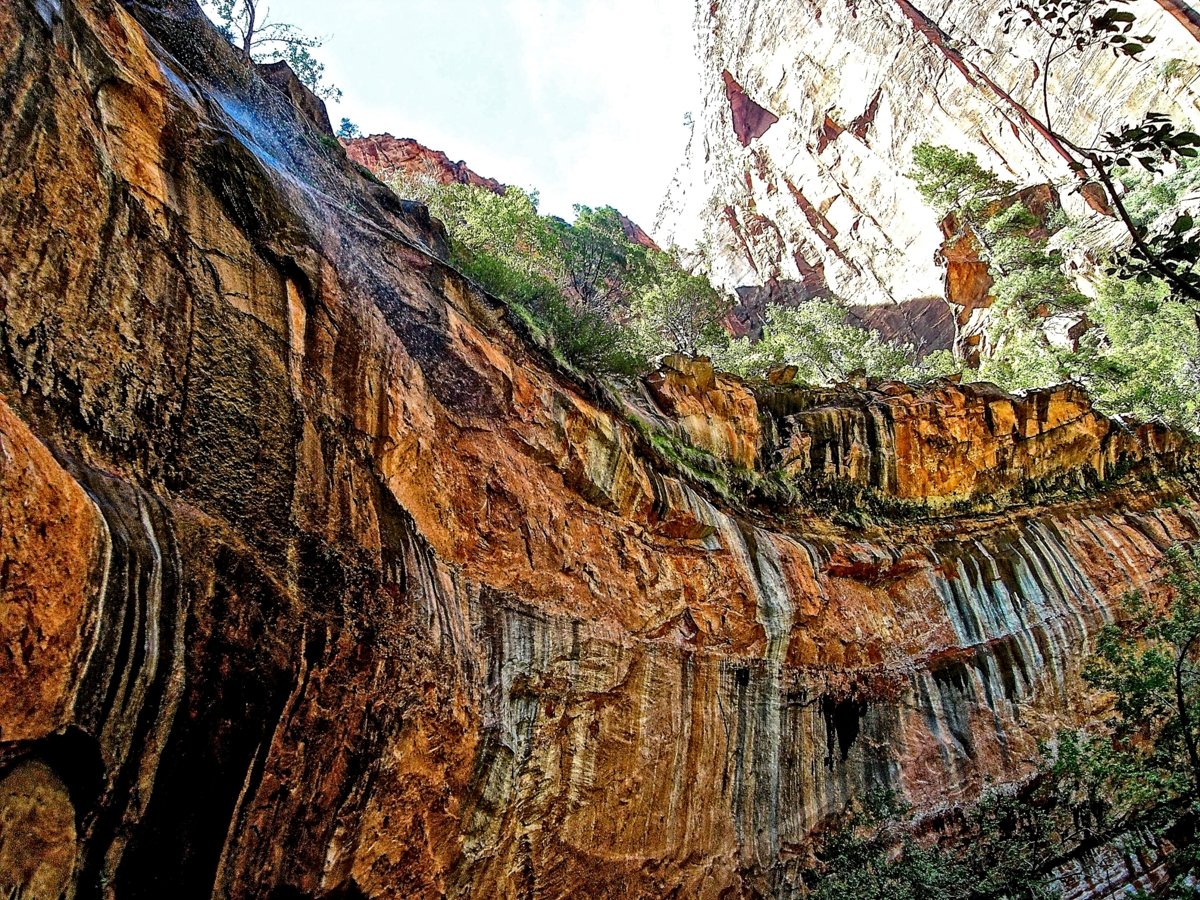
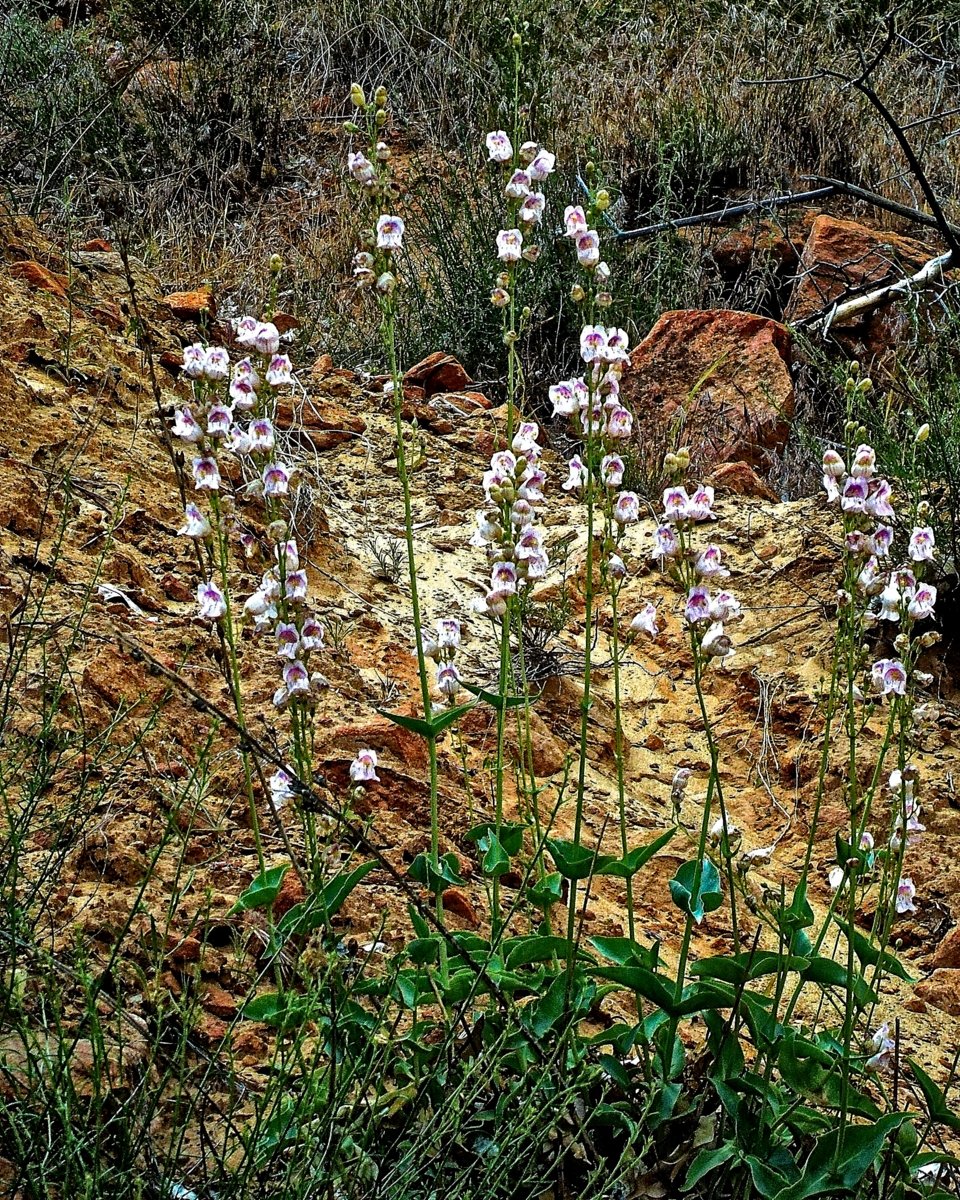


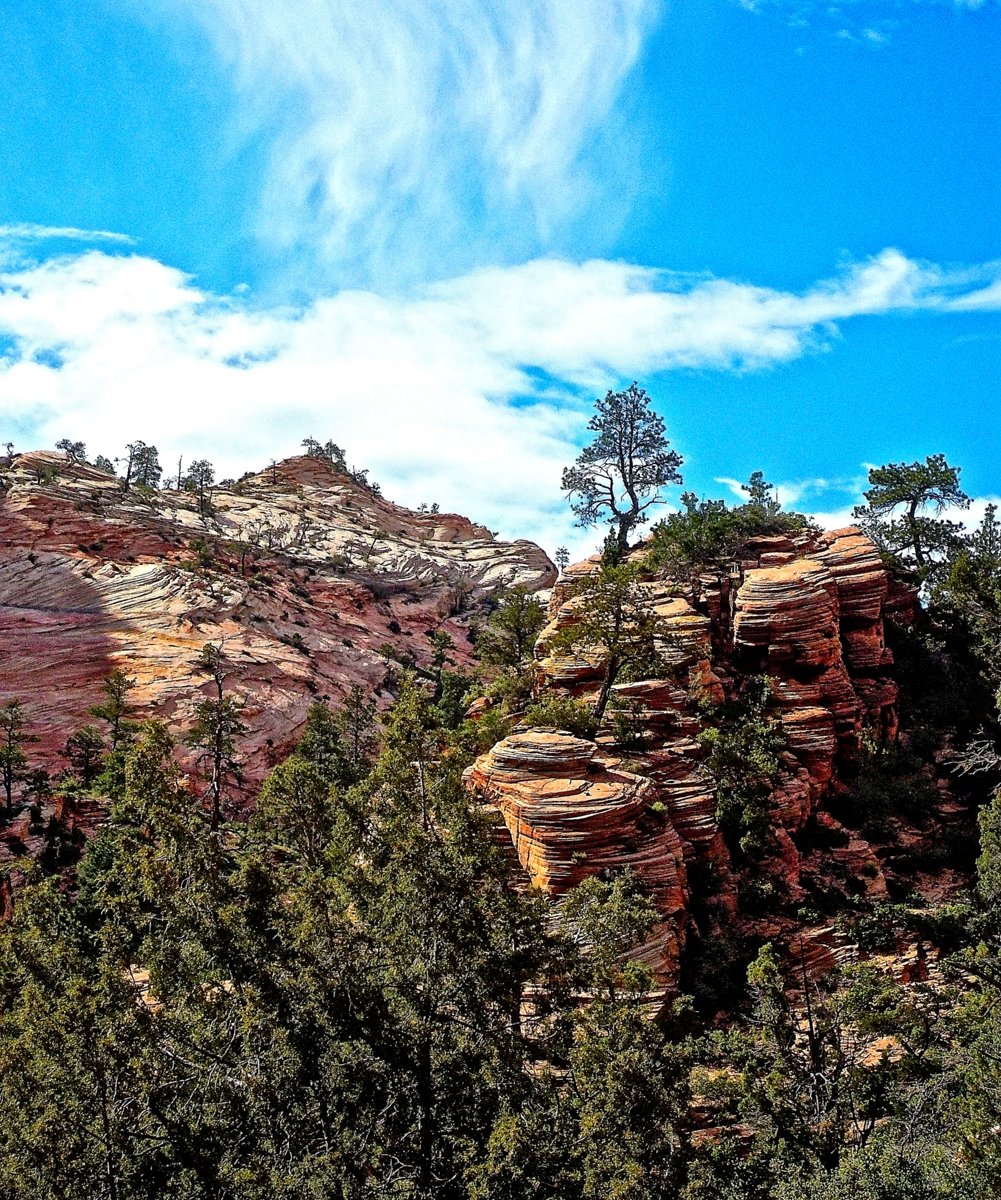


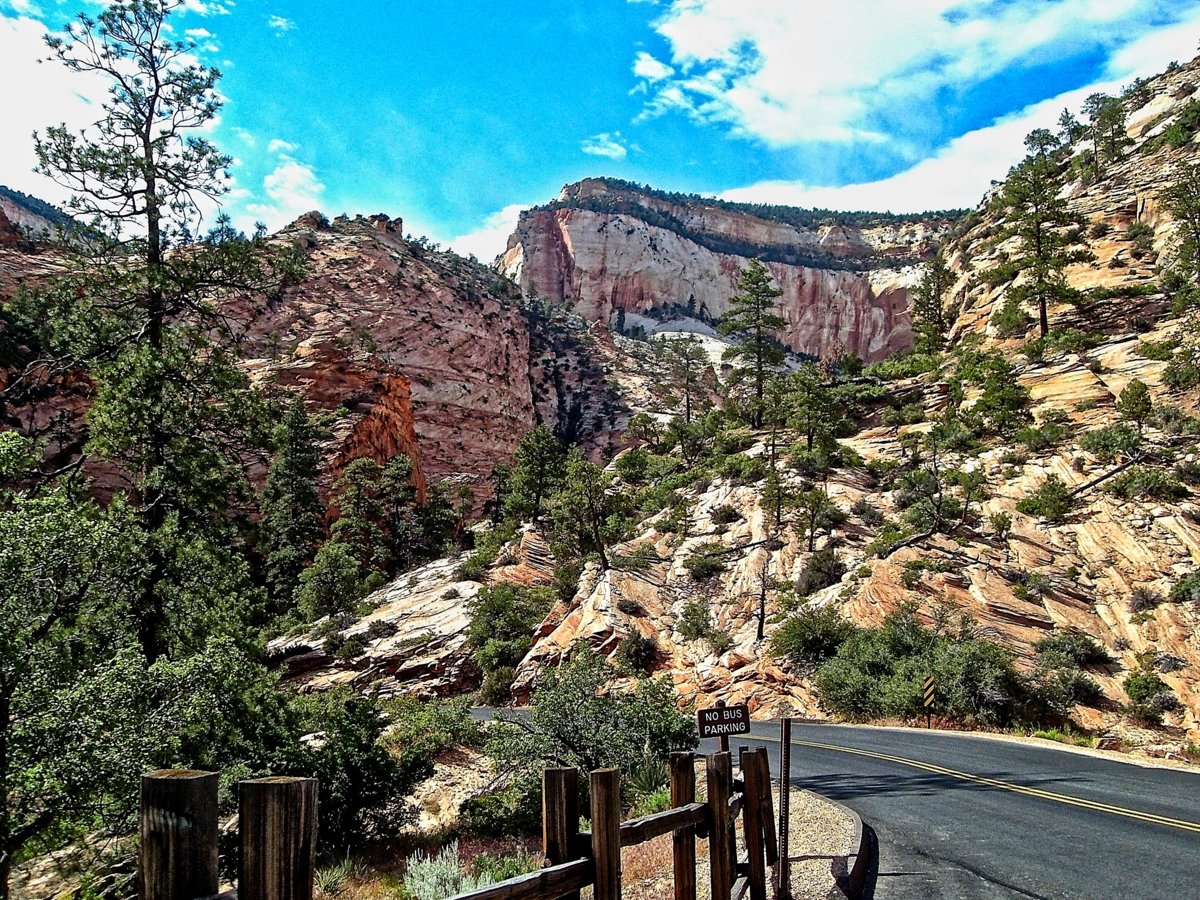
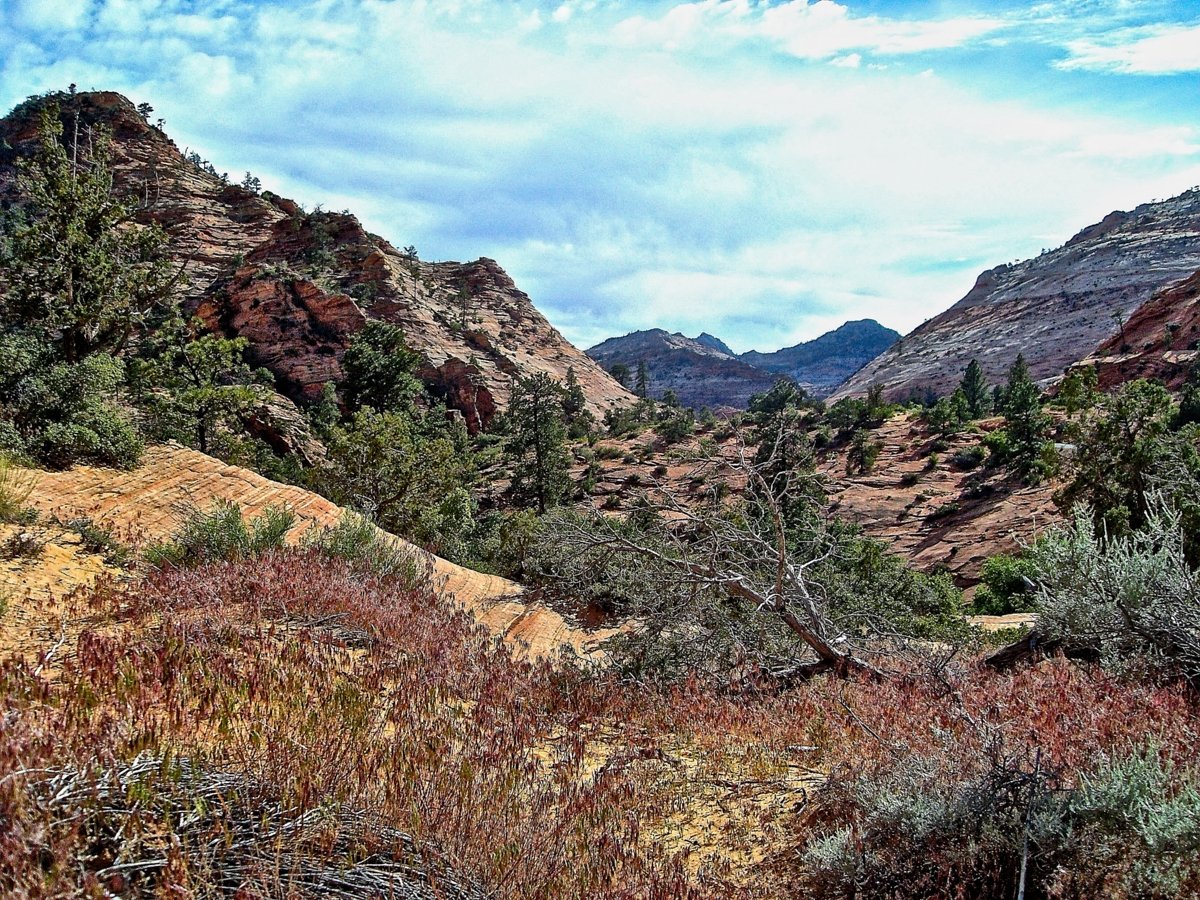
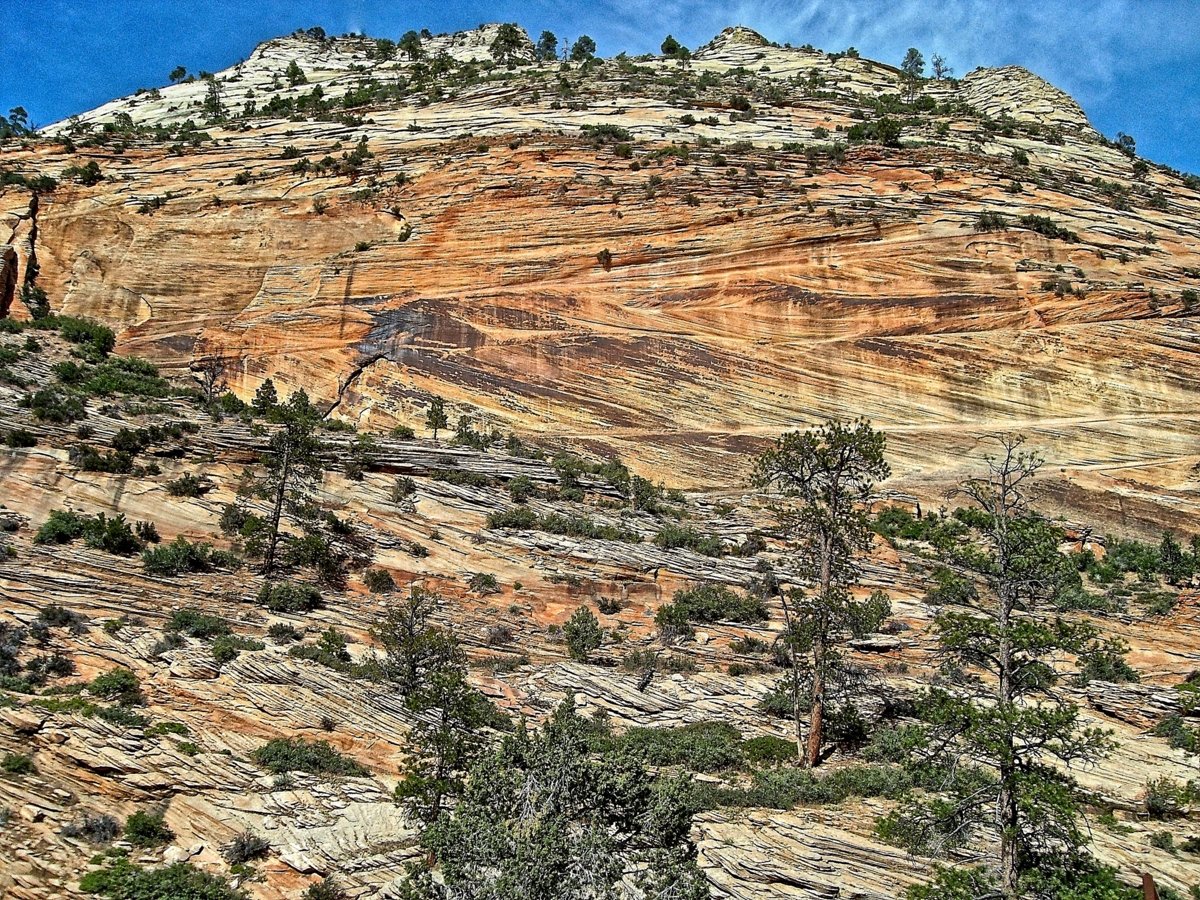
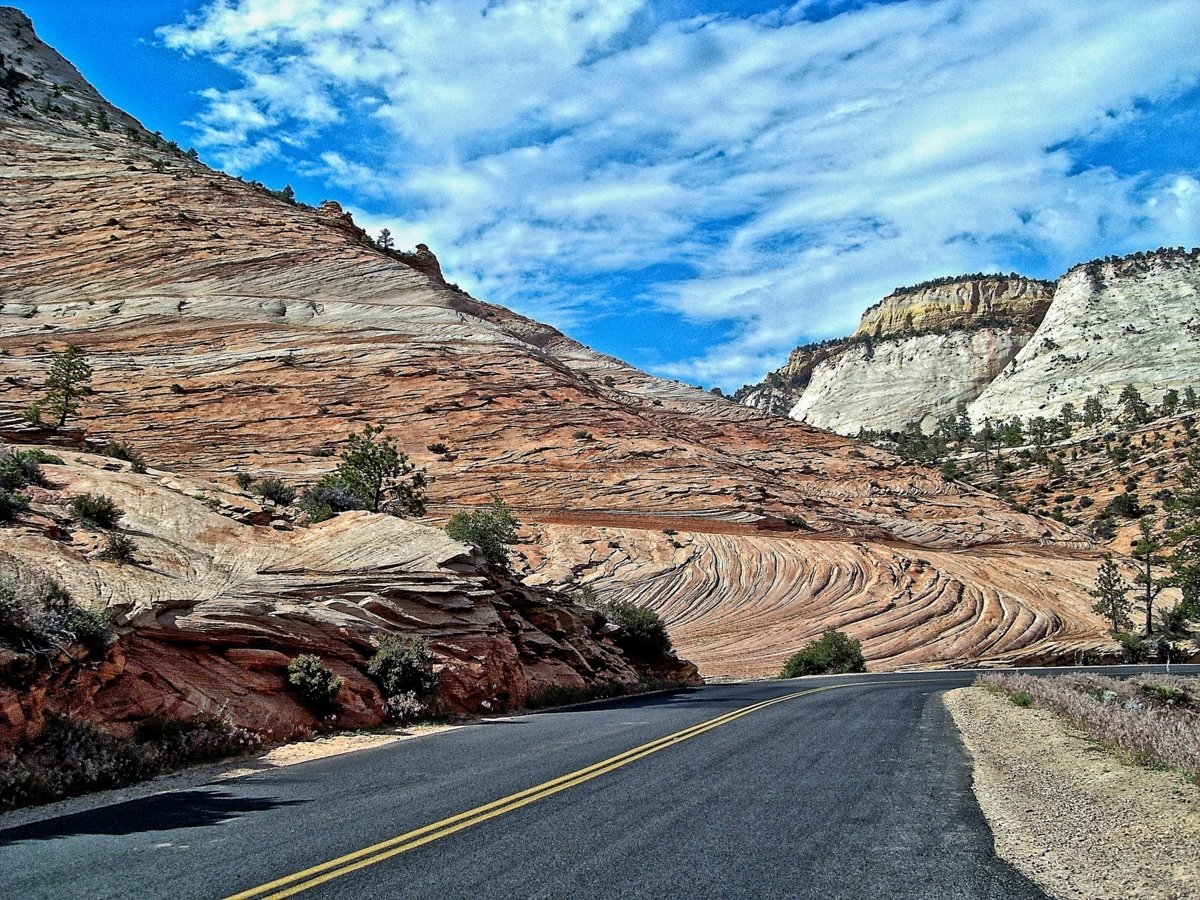
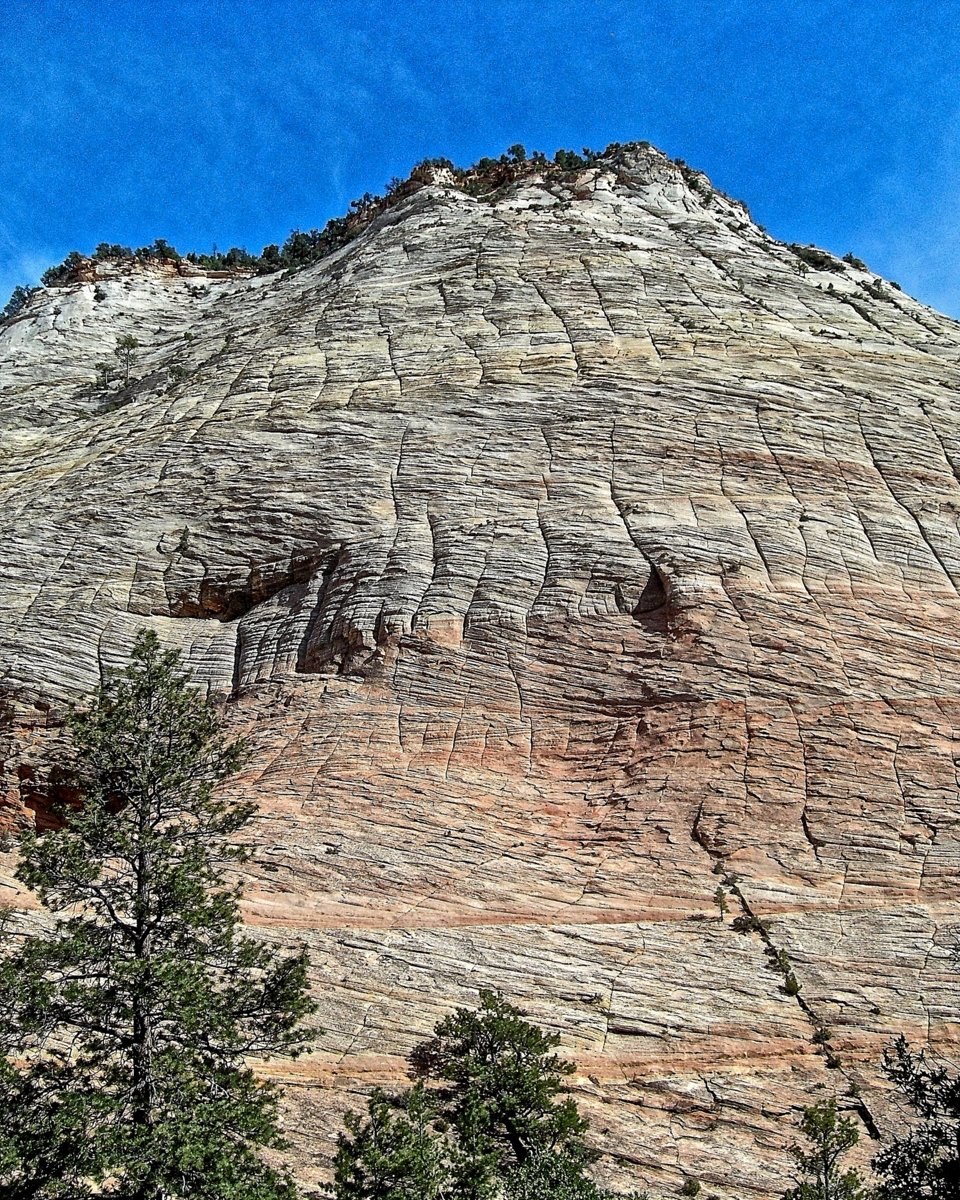

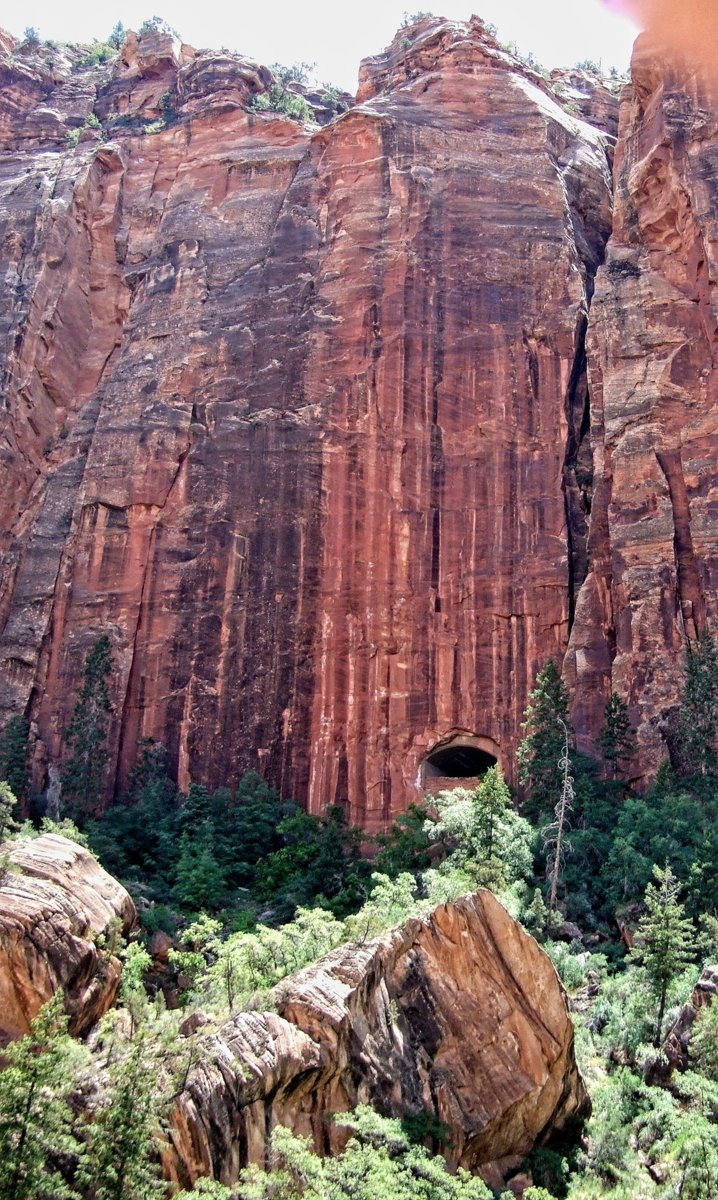



The Virgin River

Throwing stones in the river


